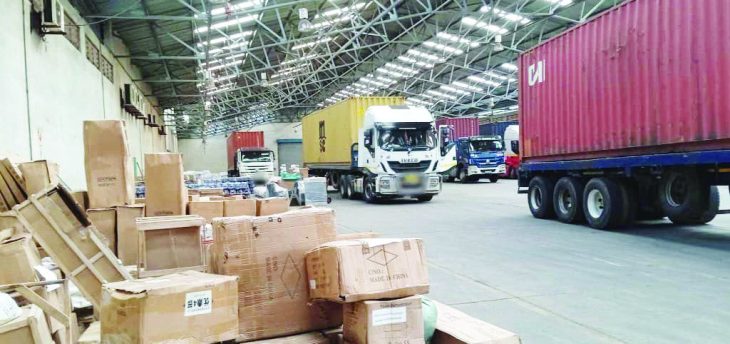
Driving Malawi’s Economic Growth: What’s Holding Back Export Ambitions?
Key Business Points
- To achieve the National Export Strategy (NES II) goals, Malawi’s exports must more than double to $2.89 billion by 2026, requiring a significant increase in production and investment.
- The country’s terms of trade have deteriorated, with annual imports now 2.5 times higher than exports, creating a $2.2 billion trade deficit in 2024 that is projected to widen further.
- To address production shortfalls, increased investment in irrigation land and modern production facilities is needed, as well as public-private partnerships for infrastructure development and policy incentives to encourage private sector investment.
Malawi is facing a significant challenge in achieving its National Export Strategy (NES II) goals, with the policy framework set to expire next year. The country’s economy is projected to reach $14.46 billion by 2026, but its exports must more than double to $2.89 billion to meet the strategy’s 20 percent export-to-GDP target. The current performance trends suggest that this goal is increasingly unrealistic. The strategy prioritizes agricultural products, including industrial hemp, fisheries, and processed foods, alongside mining, services, and manufacturing sectors to build a competitive production base under the "Made in Malawi" brand.
Despite securing preferential access to neighboring countries, regional trade blocs, the United States, European Union, and Asian markets, Malawi has repeatedly failed to meet supply commitments due to persistent production shortfalls. Industry expert David Kamchacha attributes the underperformance to chronic low productivity, despite available export markets and government efforts to secure bilateral trade agreements. Increased investment in irrigation land is critical to addressing production shortfalls. Kamchacha called for the private sector to identify the real problems, whether it’s the cost of production or access to finance, rather than blaming the government.
The country’s terms of trade have deteriorated significantly, with annual imports now 2.5 times higher than exports, creating a $2.2 billion trade deficit in 2024 that the World Bank projects will widen further this year. Mwapata Policy Institute Executive Director William Chadza emphasized the need for modern production facilities to address weather vulnerabilities, citing recent sugar supply disruptions that led to export cancellations despite rising regional demand. Public-private partnerships for irrigation projects and infrastructure development are essential interventions. Chadza highlighted the need for a conducive operating environment and policy incentives, such as tax breaks on equipment, to encourage private sector investment.
Industry and Trade Minister Vitumbiko Mumba acknowledged the implementation gap, admitting that numerous policies and strategies have failed to deliver expected results. The looming NES II failure underscores broader structural challenges in Malawi’s economy. The country’s economy is characterized by policy frameworks that outpace implementation capacity and private sector investment in productive sectors. As Malawi looks to the future, it must address these challenges to create a more competitive and sustainable economy. By investing in infrastructure, irrigation, and modern production facilities, Malawi can build a stronger production base and achieve its export goals. "Tumikila" (succeeding) in these efforts will require a concerted effort from the private sector, government, and other stakeholders to create a more favorable business environment and drive economic growth.
What are your thoughts on this business development? Share your insights and remember to follow us on Facebook and Twitter for the latest Malawi business news and opportunities. Visit us daily for comprehensive coverage of Malawi’s business landscape.
- K75bn Injection to Ignite Growth: World Bank Powers Malawi’s Small Businesses - December 8, 2025
- Tackling Labour Trafficking: A Key to Safeguarding Malawi’s Future Workforce and Economic Growth - December 8, 2025
- Navigating Malawi’s Currency Challenges: Strategies for Business Resilience Amidst Kwacha Volatility - December 7, 2025
